If you’re wondering how to cook Matoke, you’re in for a treat! When it comes to delightful and authentic East African cuisine, one dish that stands out is Matoke. Matoke, made from green bananas, is Uganda’s national dish and a staple food throughout East Africa. Its unique flavour profile, blending the earthiness of green bananas with aromatic spices like black pepper and Cayenne pepper, makes it an unforgettable culinary experience. In this article, we’ll dive into the art of cooking Matoke, exploring its history, health benefits, and the step-by-step process of creating this delicious dish.
So, let’s embark on a flavorful journey into the heart of East African cuisine!
Table of Contents
Understanding Matoke: The East African Delicacy
As we embark on our exploration of Matoke, we delve into the heart of East African cuisine. This unique dish, rooted in tradition and revered for its cultural significance, opens a window to the flavours, stories, and heritage that make up the vibrant tapestry of this region.
A Brief Introduction to Matoke
Matoke, derived from the Swahili word “matooke,” refers to the green cooking bananas that are a cherished ingredient in East African cuisine. In countries like Uganda, Kenya, Tanzania, and Rwanda, Matoke is more than just a dish; it’s a cultural symbol that brings families and communities together. The type of banana used in Matoke differs from the sweet, ripe bananas most are familiar with. These bananas are starchy and have a subtle flavour that lends itself beautifully to absorbing the rich spices and aromatics used in the dish.
Exploring the Culinary Heritage
Matoke’s origins can be traced back to the indigenous communities of East Africa, and it is one of the favourite African Dishes. One may even think of it as an unusual dish. It has been a part of the region’s culinary tradition for generations. Initially, the dish was prepared using the “mutereke” technique, which involved burying the green bananas in the ground to allow them to ferment and soften. Over time, this process evolved into the cooking method widely used today. Matoke has remained a staple and delicious food and earned a special place in the hearts of locals and tourists alike.
Unveiling the Health Benefits
Beyond its delectable taste, Matoke offers a treasure trove of health benefits. From essential nutrients to powerful antioxidants, this East African delicacy proves culinary delight can also be a source of wellness and vitality.
Nutritional Value of Green Bananas
Green bananas, the primary ingredient of Matoke, are a nutritional powerhouse. They are an excellent source of dietary fibre, essential for maintaining a healthy digestive system. They also provide essential vitamins and minerals such as vitamins C, B6, and potassium, contributing to overall well-being.
Resistant Starch and Its Benefits
One of the unique features of green bananas is their high content of resistant starch. Resistant starch is a carbohydrate that resists digestion in the small intestine, reaching the colon intact. It acts as a prebiotic in the colon, nourishing beneficial gut bacteria. This can positively affect digestion, gut health, and even weight management.
Combatting Oxidative Stress
Matoke’s nutritional profile also includes antioxidants, which play a crucial role in combating oxidative stress in the body. Oxidative stress is linked to various chronic diseases, including heart disease and certain cancers. By including antioxidant-rich foods like Matoke in your diet, you provide your body with essential tools to fight against these potential health risks.
Ingredients You’ll Need
To craft the culinary delight that is Matoke, gather the vibrant ensemble of green peppers, fresh tomatoes, a variety of bananas, a few cups of water, vegetable oil, and the essential green plantain. Each element is crucial in bringing this East African masterpiece to life. Here is a detailed list:
Getting the Basics Right
To embark on your Matoke cooking journey, gather the following essential ingredients:
- 6-8 green cooking bananas (unripe bananas)
- 1 large onion, finely chopped
- 2 medium tomatoes, diced
- 2-3 cloves garlic, minced
- 1 green bell pepper, diced
- 1 teaspoon black pepper
- 1 teaspoon paprika
- 1/2 teaspoon Cayenne pepper (adjust to taste)
- 2 tablespoons oil (vegetable or peanut)
- 1 cup vegetable stock or beef stock
- Vegetable of choice
- 1 teaspoon salt (or as per taste)
- Lemon juice for flavour
- Fresh coriander for garnish
Adding a Personal Touch: Optional Ingredients
While the above ingredients form the core of traditional Matoke, you can add a personal touch by incorporating variations such as:
- Peanut Sauce: For an extra layer of flavour, consider preparing a peanut butter sauce. This creamy addition complements the dish beautifully.
Step-by-Step Guide: How To Cook Matoke
In this section, we journey through the art of preparing Matoke, a dish that encapsulates the essence of East Africa. Follow these steps as we guide you through the process of transforming simple ingredients into a masterpiece that stands among the most delicious recipes in the region.
Preparing the Ingredients
- Begin by peeling the green bananas. To do this, make a lengthwise incision along the ridges of the bananas and gently remove the peel.
- Cut the peeled bananas into chunks and soak them in cold water to prevent browning while you prepare the other ingredients.
- Chop onions, dice the tomatoes, mince 2-3 garlic cloves, and dice the green bell pepper. Keep these fresh vegetables ready for the cooking process.
Creating the Flavor Base
- Heat 2 tablespoons of oil over medium heat in a large cooking pot.
- Add the chopped onion and minced garlic. Sauté until the onion turns translucent and aromatic.
- Incorporate the diced tomatoes and diced green bell pepper. Cook until the tomatoes break down and the mixture forms a thick, fragrant sauce.
Cooking the Matoke
- Drain the soaked banana chunks and add them to the pot. Mix them well with the tomato sauce.
- Season with a handful of spices like black pepper, Cayenne pepper, and salt. Stir to ensure even distribution of flavours.
- Pour in the vegetable stock or beef stock. The stock should be enough to cover the banana chunks partially. If needed, add water to achieve the desired level of liquid.
- Cover the pot and let the mixture simmer over medium heat. Stir occasionally to prevent sticking and ensure even cooking. The bananas will gradually soften and absorb the flavours of the sauce.
Enhancing with Peanut Butter Sauce
- If you’re opting for the peanut butter sauce, this is the time to add it. Mix a few tablespoons of peanut butter with a small amount of hot water to create a smooth paste.
- Gradually incorporate the peanut butter paste into the cooking Matoke, stirring gently to combine. The peanut butter will add richness and depth to the dish.
Serving and Enjoying Matoke
- Once the bananas have softened and absorbed the flavours, and the sauce has thickened, your Matoke is ready to be served.
- Before serving, drizzle with a bit of lemon juice to enhance the flavours and add a touch of brightness.
- Garnish with freshly chopped coriander to provide a burst of freshness and colour.
- Matoke is traditionally served hot and pairs well with rice, ugali (a maize-based side dish), or even enjoyed on its own.
Conclusion: Embrace the Delight of Matoke
In conclusion, the answer to how to cook Matoke is an exploration of tradition, flavour, and health benefits. It is one of the best East African recipes, made from unripe green bananas. It is a culinary masterpiece that reflects the region’s rich heritage and vibrant culture.
As you embark on your Matoke cooking journey, remember to savour the flavours and the stories this dish carries. With its nutritional value, the health benefits of resistant starch, and the personal touch you bring to its preparation, Matoke is more than a meal—it’s a celebration of life, family, and the joy of cooking. So, gather your ingredients, follow the steps, and relish the delightful experience of cooking and enjoying Matoke, a truly awesome dish from Uganda.
FAQs
What is Matoke in English?
Matoke, known as “green bananas” or “cooking bananas” in English, is a type of banana that is not sweet and is used primarily for cooking. It is a staple in East African cuisine and is often prepared in various dishes, offering a starchy and hearty texture that absorbs flavours and spices beautifully.
Is boiled Matoke good for weight loss?
Yes, boiled Matoke can be a good option for weight loss due to its relatively low-calorie and high-fibre content. The resistant starch in green bananas, the main ingredient in Matoke, can help you feel fuller for longer and regulate blood sugar levels, potentially aiding in weight management.
What is the benefit of Matoke?
Matoke offers several benefits due to its nutritional composition. It is a good source of dietary fibre, essential vitamins such as vitamin C and vitamin B6, and minerals like potassium. Additionally, resistant starch in Matoke can support digestive health, help regulate blood sugar levels, and contribute to a feeling of fullness, making it a valuable addition to a balanced diet.
Where does Matoke originate from?
Matoke originates from the East African region, particularly countries like Uganda, Kenya, Tanzania, and Rwanda. It has deep cultural roots in these countries and has been a traditional dish for generations. Matoke reflects the culinary heritage of indigenous communities in East Africa and has evolved into the beloved dish it is today.




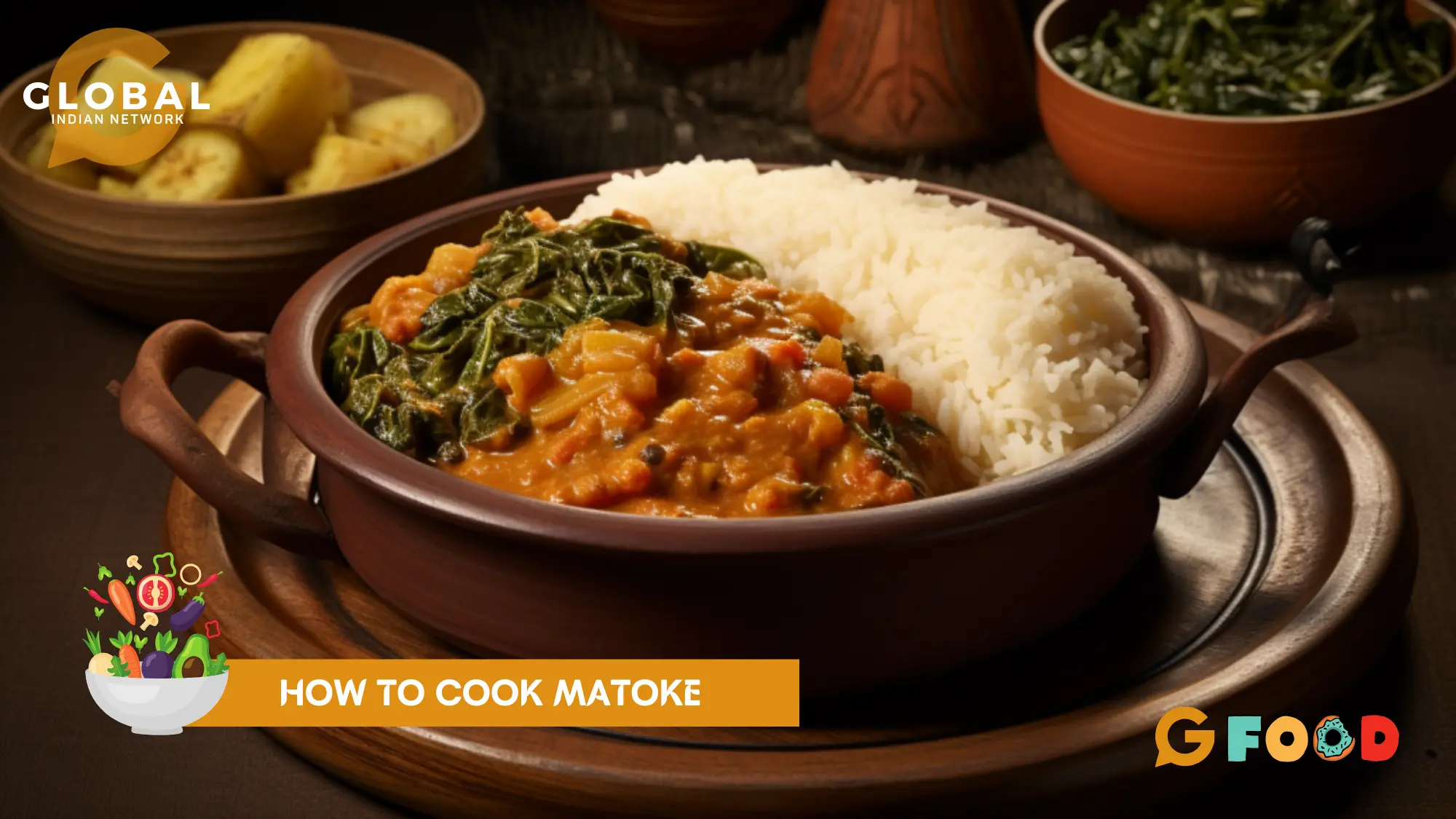
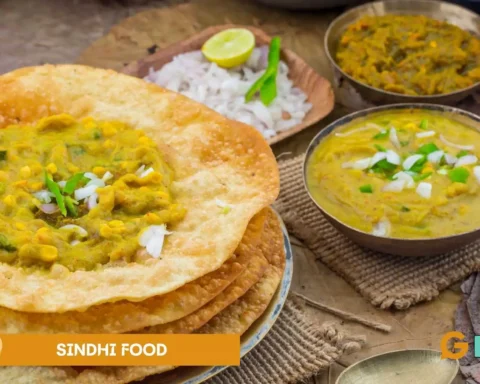
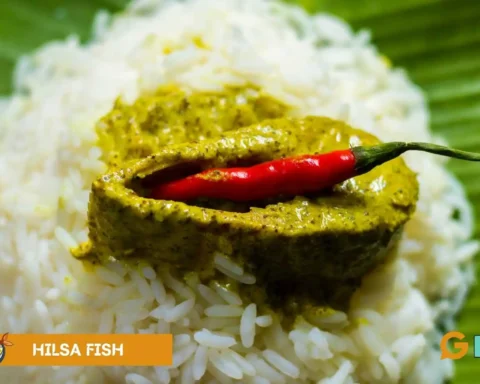
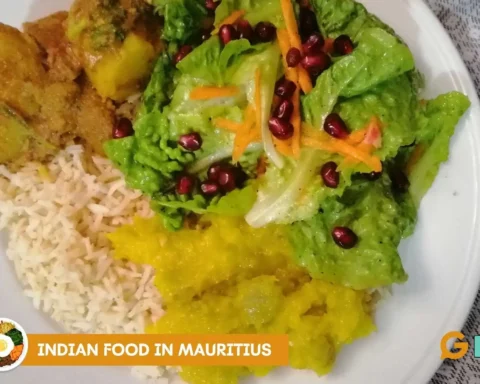
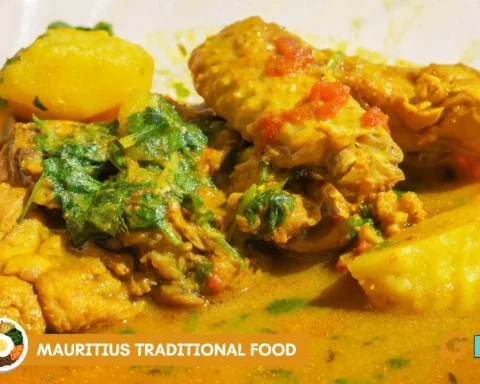

[…] Amin enjoyed receiving Ugandan foods like cassava flour, fresh cassava, millet flour, and matoke. He used his stipend to pay school fees for orphaned relatives and help other needy people in […]